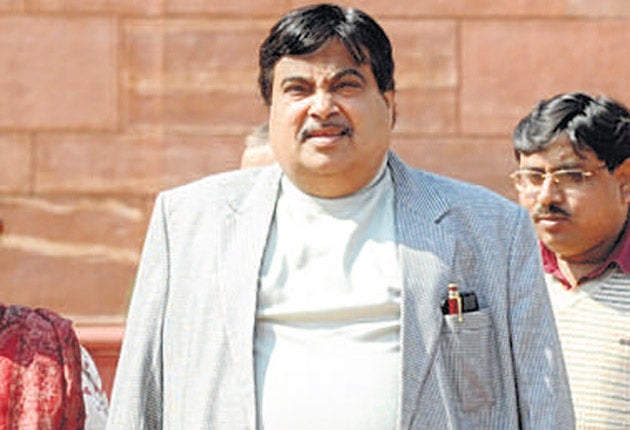Amol Rajan: Indian fat people are different from British fat people
FreeView from the editors at i

Your support helps us to tell the story
This election is still a dead heat, according to most polls. In a fight with such wafer-thin margins, we need reporters on the ground talking to the people Trump and Harris are courting. Your support allows us to keep sending journalists to the story.
The Independent is trusted by 27 million Americans from across the entire political spectrum every month. Unlike many other quality news outlets, we choose not to lock you out of our reporting and analysis with paywalls. But quality journalism must still be paid for.
Help us keep bring these critical stories to light. Your support makes all the difference.
An Indian doctor has revealed the scale of obesity among India's top politicians. Dr Muffazal Lakdawala said this week that his Centre for Obesity and Diabetes in Mumbai has "operated on half the Cabinet".
Yet his latest patient is the 20-stone Nitin Gadkari, leader of the national opposition party. So Delhi Belly is politically neutral.
Our own Cabinet is rake-thin by comparison. This appears to be chiefly because of jogging. What with being an ordinary kind of bloke, George Osborne has made sure in recent weeks that when he goes for a morning run, a photographer follows him. David Cameron is also fond of taking a snapper with him for his early routine and even Gordon Brown got a personal trainer before the last election. Only Eric Pickles, of Cabinet members, is a candidate for the gastric band, but his defence is sound: as Minister for Communities, he spends a lot of time trying sub-regional cuisines.
We are forever being warned about the "obesity epidemic". This is a curious phrase: many sociologists believe we "catch" behaviours within groups, but obesity is not an infectious disease, transmitted through the air and blood. And that obesity is most prevalent among the poor should be seen not just as a historical anomaly, but as a sign of economic progress.
The comparison with India is instructive. A decade of economic growth has left 5 per cent of Indians morbidly obese. But at the same time, nearly half of Indian children under five are chronically malnourished. In Britain, nearly a quarter of adults are clinically obese and around one in every 11 deaths is linked to carrying too much weight – but only a fraction of a percentage are chronically malnourished. Given it costs the country £2.6bn in NHS bills and lost productivity, there is a patriotic case for stigmatising fatties. Nor should we be complacent about the ill-health of poorer people, whom endless studies show are much more likely to be obese (for complex reasons).
But I wonder if we should also reflect that, since the dawn of civilisation, poverty has threatened people with starvation. That obesity is a greater threat to our poor than hunger indicates effective production and allocation of food which is, after all, the purpose of economics.
In India, the poor famine as the political elite feast; here, the poor feast as the political elite jog through Hyde Park. Ours is the more cheering situation.
Join our commenting forum
Join thought-provoking conversations, follow other Independent readers and see their replies
Comments